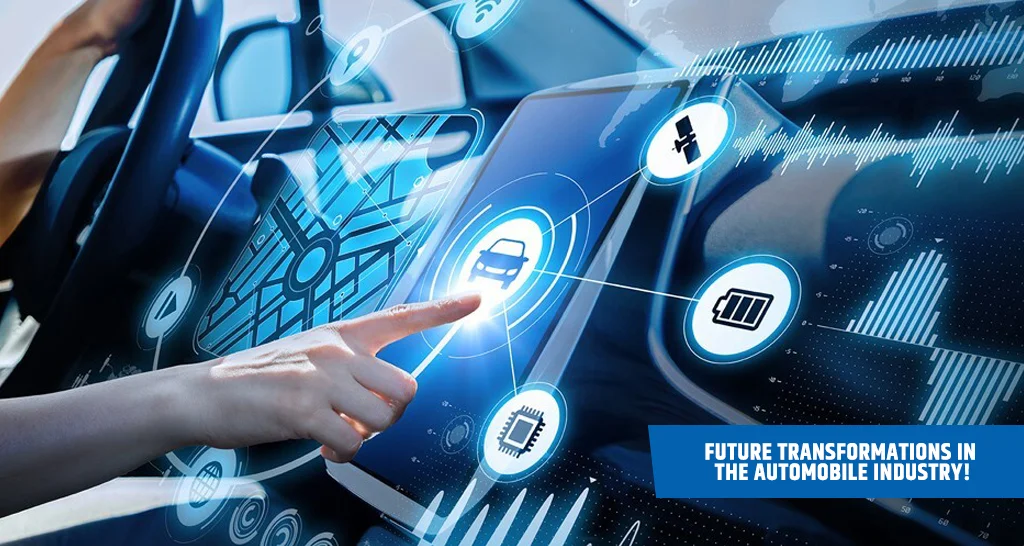The commercial vehicle (automobile) industry has undergone significant transformations since the global economy recovered from the financial crisis. In particular, the global truck industry has been growing rapidly, driven by increasing profit margins and the adoption of disruptive market trends like “Telematics” and “Autonomous Driving.”
However, as with many infrastructure-dependent trends, the development and acceptance of autonomous driving in commercial vehicles is progressing differently in developed economies like the U.S. and Europe compared to emerging markets like India.
After the rise of driverless cars, commercial vehicles are expected to be the next major step. Indeed, Daimler has already launched its first road-certified autonomous truck in the U.S. The company claims, “This is a truck where the driver can finally let go – at least of the steering wheel.”
In April of this year, a dozen trucks from Volvo and Daimler completed a week of mostly autonomous driving across Europe, marking the first significant exercise of its kind on the continent.
Industry experts suggest that it may take another decade before autonomous trucks are operating on public roads, especially in developed countries. This timeline is largely influenced by regulatory frameworks, policy issues, and government approvals, rather than advancements in technology.
India’s Potential in Autonomous Commercial Vehicles
India is a country with immense potential in IT and analytical capabilities. A significant portion of R&D and technological development in the automotive sector could be led by India. However, the country faces challenges in terms of the regulatory framework and public perception regarding such advancements.
Experts believe that the agriculture sector could be one of the early adopters of autonomous vehicles for two key reasons: First, these vehicles would operate in areas away from the general public, ensuring safety. Second, addressing food supply chain challenges is vital for the growth of the economy. Additionally, the technology used in modern tractors closely mirrors that of advanced automobiles.
This rationale explains why India’s Mahindra Group, the world’s largest manufacturer of tractors, has started R&D efforts to develop autonomous commercial vehicles, including driverless tractors. Mr. Anand Mahindra, Chairman and Managing Director of the Mahindra Group, believes that “Autonomous tractors could transform the future of food production.”
While the concept of “autonomous commercial vehicles operating on public roads in India” may seem far-fetched, it is worth recalling how much technology has advanced in the country over the past 15 years. Who would have predicted that GPS navigation systems would become a staple for every journey on Indian roads? Yet, today, we rely on them for every trip we take.
The Road Ahead for Autonomous Vehicles in India
This transformation will certainly not happen overnight. At present, due to regulatory constraints—or the lack of them—testing autonomous vehicles on Indian streets is not feasible. However, we must also recognize the vast talent pool in India in terms of technological expertise, and have faith that some level of automation in commercial vehicles might become a reality sooner than we expect.
As professionals in your respective fields, what are your thoughts on this? Do you think this trend will remain just an idea in India, or could it turn into a reality faster than anticipated?
Read about: SONY VISION S: An Unexpected Innovation in the Automobile Industry by Sony








